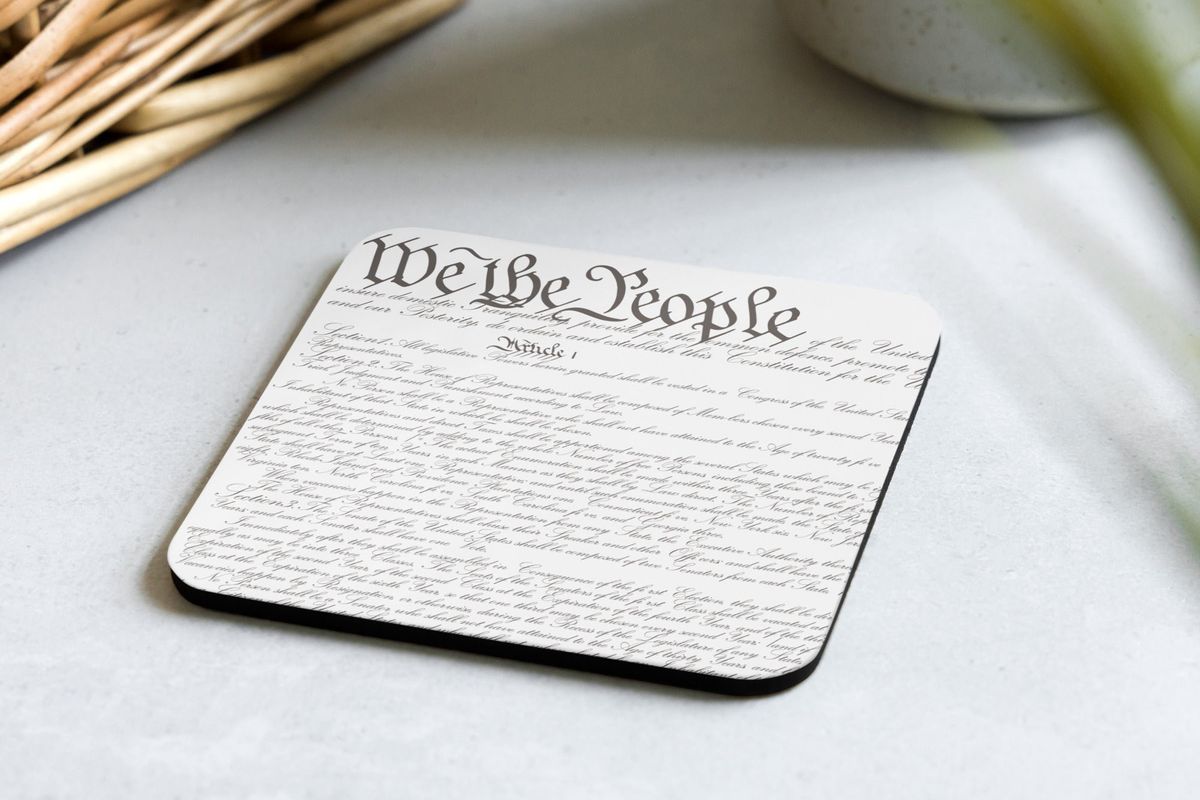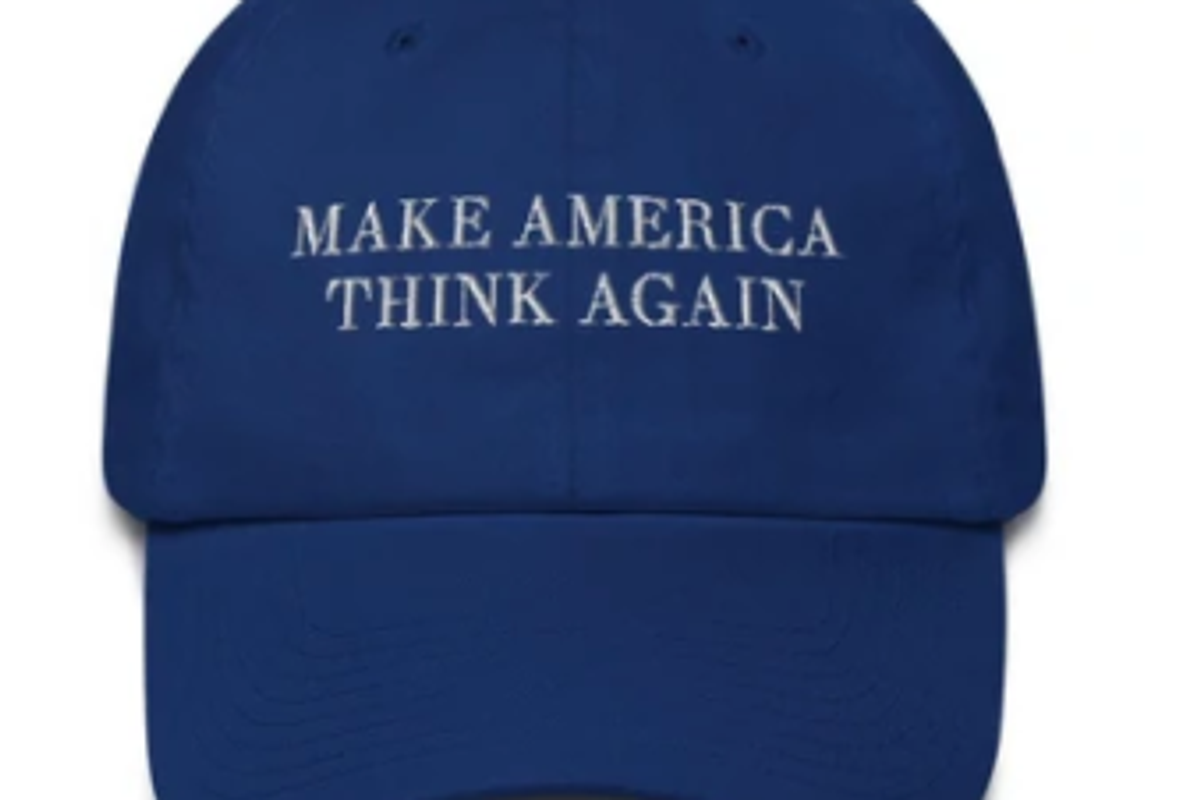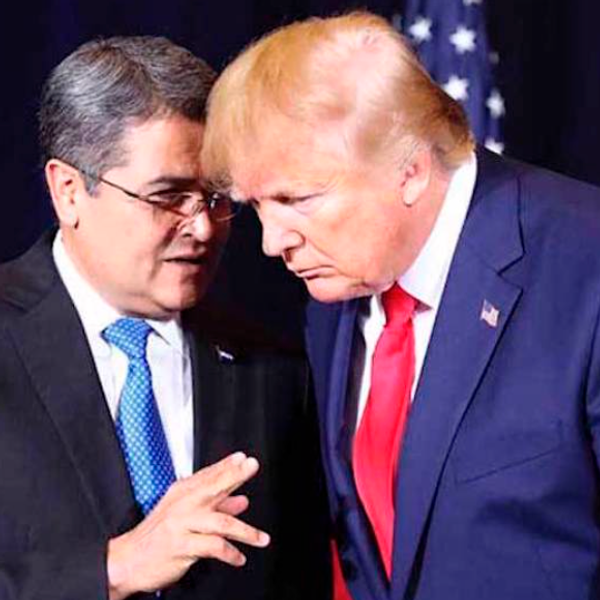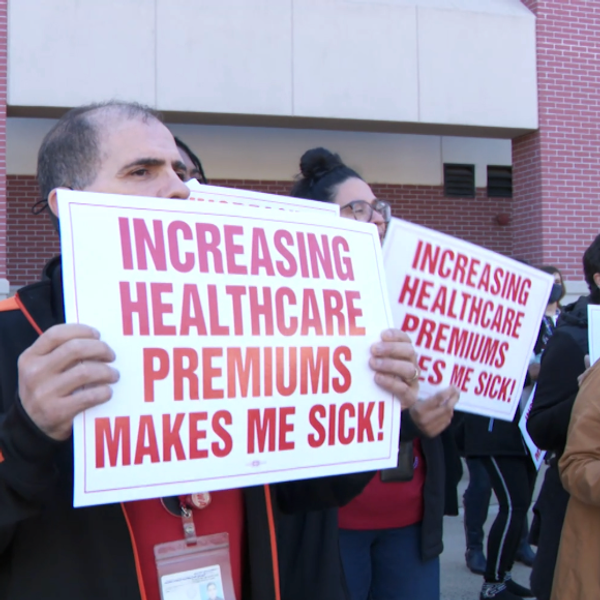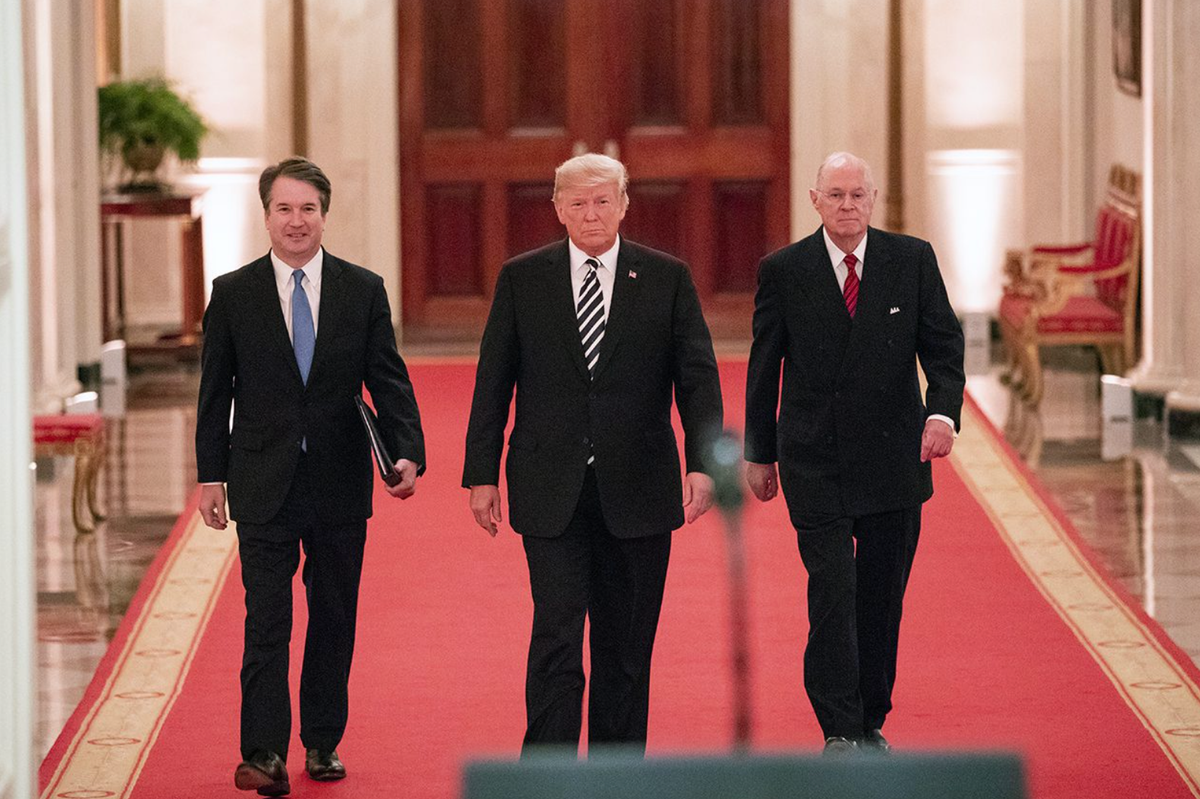
Justice Brett Kavanaugh, President Donald Trump, and former Justice Anthony Kennedy
The Supreme Court’s decision last Friday on nationwide injunctions has generated an unusually intense reaction. Commentators are sharply divided on just how damaging it is. Two friends of mine—both excellent, sophisticated, and reasonable lawyers—got into the equivalent of a shouting match on MSNBC over whether the ruling was “no big deal” or “a disaster.” That split extended to newspaper coverage, with more than one national paper running opposing op-eds.
In the case itself, Justice Jackson, in dissent, called the Court’s opinion “an existential threat to the rule of law.” Justice Barrett, writing for the six-justice majority, responded in strikingly dismissive terms:
“We will not dwell on Justice Jackson’s argument, which is at odds with more than two centuries’ worth of precedent, not to mention the Constitution itself. We observe only this: Justice Jackson decries an imperial Executive while embracing an imperial Judiciary.”
How to explain such diametrically opposed views of the decision? And how bad is the decision, anyway?
Commentators Are Analyzing Different Aspects of the Case at Different Levels
I think that the sharp divergence among commentators stems from the different levels on which the opinion can be assessed.
At the level of legal doctrine, the Court addressed a real problem—but did so in a way that is both inefficient and under-enforcing of constitutional rights.
At the level of abstract practical impact, the new rule clearly disadvantages some litigants. But there are a couple of potential workarounds, the shape and effectiveness of which remain to be seen.
Where the decision is most troubling is in its immediate, practical impact—here and now, in July 2025—given this president, this Congress, this Supreme Court, and the lower courts that have been by far the most effective institutional brake on Trump’s authoritarian ambitions. On that front, the ruling is a train wreck.
Legal Doctrine and the “Kacsmaryk Problem”
Under the status quo, district court judges could impose nationwide injunctions at their discretion. That gave rise to what we might call the “Kacsmaryk problem.” In April 2023, Judge Matthew Kacsmaryk issued a preliminary injunction that purported to suspend FDA approval of mifepristone nationwide.
A sweeping injunction on such shaky legal ground can tie the Justice Department in knots, forcing it to apply a contested ruling across the country. These rulings create serious headaches for DOJ—conflicting obligations, legal uncertainty, and disrupted national policy. That’s why the Biden Justice Department twice asked the Supreme Court to weigh in on the issue. The Court declined both times.
Barrett’s opinion does take up an issue crying out for judicial supervision. The problem is that her solution is inefficient and under-protective of constitutional rights.
The ruling effectively bars nationwide injunctions by district courts, with a few narrow exceptions.
It’s inefficient because prohibiting such injunctions will lead to duplicative litigation in dozens of judicial districts. Instead of resolving a question once, it must now be relitigated repeatedly.
It’s also under-protective. Even when a district court identifies a likely constitutional violation, its ruling won’t apply beyond the named plaintiffs. It could take months—or years—before others benefit from the same legal protection.
There are, however, a few potential avenues for tempering the damage.
First, the opinion allows district courts to issue broader relief when necessary to provide “complete relief” to the plaintiffs before them. That will be a major battleground. In cases like birthright citizenship, it may be impossible to provide complete relief without halting the broader policy at issue.
Second, litigants can attempt to bring nationwide class actions. A ruling for the class would bind the government nationwide, since class members reside in every district.
But that’s easier said than done. Class certification is complex and costly. The rules require legal and factual commonality among class members, and the Supreme Court has grown increasingly skeptical of such actions. If lower courts prove permissive in granting class status, the damage from this decision could be modest. That’s the view of those who say the opinion isn’t a disaster.
Still, the Court could have adopted a more nuanced solution. It could have allowed nationwide injunctions in cases involving constitutional rights, or required expedited review of broad orders. Congress, too, could have acted—by limiting forum-shopping or authorizing broader injunctions only in exceptional circumstances.
Instead, the Court has imposed a near-total ban, with only “complete relief” and class actions as narrow escape valves.
General Impact of the Ruling for the Separation of Powers
The practical upshot of the Court’s decision is that district courts can now only protect the plaintiffs before them. An administration unhappy with a ruling can simply ignore it and try again in a more favorable district. There’s no incentive to appeal; forum-shopping becomes standard operating procedure.
The decision enables not just forum-shopping but strategic exploitation of the judiciary. It fragments legal authority, weakens individual rulings, and invites conflicting injunctions—fueling chaos in the legal system and uncertainty for the public.
Perhaps the most significant effect is the shift in power to the Supreme Court—especially via its shadow docket. Readers of this Substack know how problematic that is. The Court has used its emergency docket to issue major, often opaque rulings, with limited explanation and no public deliberation.
Justice Kavanaugh, in his concurrence, embraced this shift. He emphasized that the Court is open “24/7/365” and has tools to make fast decisions. But that’s cold comfort for those who oppose Trump’s steady assault on constitutional norms. The emergency docket has become a venue for sweeping, unexplained rulings—almost always to the executive’s benefit.
Practical Impact Today for the Trump Authoritarian Campaign
That brings us to the heart of the matter. The alarm isn’t over legal theory—it’s about what this decision enables, right now.
Over the past several months, Trump has issued a blizzard of executive orders, most of them brazen violations of constitutional limits. He’s tried to usurp Congress’s role, gut the federal bureaucracy, intimidate private institutions, trample civil rights, target opponents, and impose far-right policies by decree.
If even half of those orders had taken effect, the country would already look unrecognizable as a constitutional democracy.
Time and again, it’s been the lower federal courts who’ve stopped him.
They’ve had to. Congress, narrowly controlled by Republicans, has refused to act. Civic institutions have been cowed. And the Supreme Court has shown far more deference to Trump than the lower courts have.
Now, the Supreme Court is cutting those courts off at the knees.
There’s a palpable possessiveness—if not jealousy—on the part of the justices, as they assert their exclusive role in setting national legal policy. The danger is that they are increasingly siding with Trump, even when doing so empowers unreviewable executive authority.
Take birthright citizenship. What’s to stop the administration from shopping its legally baseless theory from district to district until it finds a sympathetic judge? It could quietly enforce that ruling, avoid appealing it, and never give the Supreme Court a chance to reject it.
At oral argument, the Solicitor General said they would seek certiorari. But given this administration’s routine dishonesty in court, taking that promise at face value is almost laughably naïve.
Which brings us to the uniquely Trumpian risk: a president who lies constantly, demands unreviewable authority, and now has a Supreme Court inclined to let him have it.
In a recent Ninth Circuit argument over Trump’s federalization of California’s National Guard, his lawyer argued that the president could invoke emergency powers for any or no reason—and that courts should not be allowed to question his good faith. The Supreme Court has not yet embraced that position, but Friday’s ruling makes clear that this battle is still very much alive.
The Supreme Court Remains a Clear and Present Danger
The conservative supermajority’s background matters. Five of the six justices came from Republican executive branch roles. All have expressed strong sympathies for executive power. Many believe Watergate gave Congress too much authority—and that it’s time to “rebalance.”
That might be a valid stance in a government of coequal branches. But we don’t have that. What we have is Trump, a Congress in retreat, and now a Supreme Court opinion that threatens to silence the only courtrooms where the rule of law was still holding the line.
Whether the workarounds—like class actions—can offer a meaningful check remains to be seen. Justice Alito, joined by Justice Thomas, warned lower courts not to let class certification become a backdoor to broad relief. Other justices may join that chorus. And once again, many of these battles will be fought through the shadow docket—where the Court has repeatedly sided with Trump and undermined the lower courts.
And most scandalously, we cannot count on Congress to act. The Framers assumed it would step in to check runaway executive power. But not this Congress.
With this opinion, the Supreme Court has just stripped the legal system—and the American people—of one of its most important tools for resisting lawless authoritarianism. It has handed Trump a vastly more powerful weapon for imposing unconstitutional policies, especially with a complacent Congress at his back.
There are strategies for fighting back. Lawyers across the country are already deploying them, and their work deserves support at every turn. We cannot afford despair—or distraction. The lies must be called out. The vision Trump seeks to impose must be resisted no less vigorously.
However, if Trump succeeds in suffocating democracy, Friday’s decision will be remembered as a turning point—the day the Supreme Court crippled the only branch still willing to say “no.”
We deserve better from the Highest Court in the land. But the only question that matters now is: can we still get just enough to keep democracy intact?
Harry Litman is a former United States Attorney and the executive producer and host of the Talking Feds podcast. He has taught law at UCLA, Berkeley, and Georgetown and served as a deputy assistant attorney general in the Clinton Administration. Please consider subscribing to Talking Feds on Substack.
Reprinted with permission from Substack.
- Justice Barrett's Husband Represents Fox In Defamation Lawsuit ›
- How The Supreme Court Became A Corporate Rubber Stamp ›
- Trump And Miller Brazenly Lie About Unanimous Supreme Court Order ›

